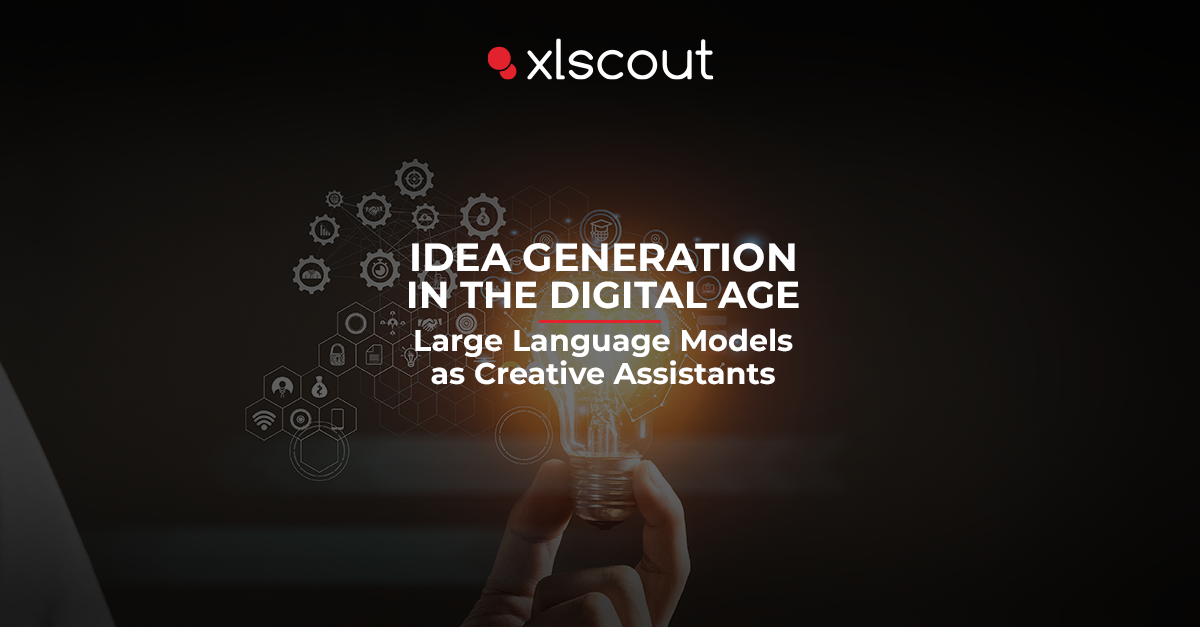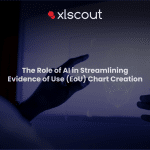
Introduction: Embracing the Digital Age for Idea Generation
The digital age has revolutionized almost every aspect of our lives, including the way we generate ideas in today’s fast-paced and interconnected world. Our creative potential has been amplified by the advancement of advanced technologies and the rise of artificial intelligence (AI), providing us with unprecedented opportunities for innovation and inspiration. Embracing the digital age for idea generation entails leveraging the power of digital tools and platforms to improve our creative processes and broaden our imaginative horizons.
The days of relying solely on traditional brainstorming sessions or having limited access to resources are long gone. The digital age has opened up a world of possibilities, putting a wealth of information, data, and tools at our disposal. The emergence of large language models with the ability to understand and generate human-like text is a significant development in this era. These AI-powered systems have transformed the way we generate ideas, providing us with a new type of creative assistant with whom to collaborate.
We can tap into the vast knowledge, insights, and experiences stored in massive language models by embracing the digital age for idea generation. These models have been trained on a wide range of texts, ranging from classic literature to scientific research and current articles. As a result, they have an extraordinary ability to generate ideas, make suggestions, and contribute to the creative process in a variety of domains.
In this article, we will look at the transformative potential of large language models as creative assistants in the digital age. We’ll look at how these models can help us with our creative processes, provide inspiration and new perspectives, and help us generate innovative ideas.
The Rise of Large Language Models: An Overview
The development and deployment of large language models have increased dramatically in recent years. Deep learning algorithms and massive amounts of data have powered these advanced AI systems, which have revolutionized natural language processing and understanding. Large language models have got a lot of attention because of their ability to generate coherent and contextually relevant text that is nearly indistinguishable from human-generated content.
Several key factors contribute to the development of large language models. The first is the exponential increase in computational power and the availability of massive amounts of training data. With the advent of big data and advancements in computing infrastructure, it is now possible to train models with billions of parameters, allowing them to capture the complexities of language and context to an unprecedented degree.
Large language models have a significant impact on idea generation and creativity. These models can act as creative assistants by inspiring, generating ideas, and assisting in the brainstorming process. Large language models can offer suggestions, prompt new lines of thought, and even mimic the writing style or tone of specific authors or genres by leveraging their vast knowledge base and understanding of language.
Leveraging Language Models for Inspiration and Brainstorming
Large language models have proven to be useful tools for brainstorming and inspiration. These models have a vast knowledge base and an exceptional ability to generate coherent and contextually relevant text, making them excellent collaborators in the creative process.
The generation of prompts or starting points for creative endeavors is one way to use language models for inspiration. Language models can generate a variety of ideas and suggestions by providing a few keywords or a broad topic. This is especially useful for anyone looking for new perspectives on a particular subject.
Language models, in addition to generating ideas, can serve as sounding boards during the brainstorming process. Individuals can generate new ideas or refine existing ones by interacting with the model and receiving its responses. The ability of the model to understand and generate text in a conversational manner enables an interactive and dynamic brainstorming experience.
How is XLSCOUT’s Ideacue Revolutionizing Innovation and Helping Overcome Ideation Challenges?
XLSCOUT’s Ideacue leverages large language models to suggest inventive concepts to its users. These concepts serve as triggers to explore different innovation pathways. By identifying distantly related concepts, Ideacue helps users generate new and innovative ideas that they may not have considered otherwise. By streamlining the brainstorming process, Ideacue has elevated inventors to the level of “super inventors.” Thus, enabling them to enhance and augment their ideas with greater efficiency and speed.
Read to know how: How a Top Innovator is Accelerating Innovation using XLSCOUT? – Xlscout
Furthermore, Ideacue’s Generative AI-based features make brainstorming more efficient, uncovering pathways that would have taken time to find otherwise. Traditionally, teams would conduct multiple brainstorming sessions with numerous team members to generate a variety of ideas. Yet, with Ideacue, users can now independently achieve that same diversity of thought.
By conducting multiple brainstorming sessions with the tool, users can generate new and innovative ideas with every iteration. The innovative tool provides users with more ideas to work on further, and can enhance the overall patenting process.
Read to know how a top innovator is using XLSCOUT to enhance their patents.
Ethical Considerations: Balancing AI Assistance and Human Creativity
As we embrace AI-powered language models as creative assistants, we must address the ethical concerns that arise. While these models provide significant advantages in terms of idea generation and creativity, it is critical to strike a balance between AI assistance and human creativity in order to preserve the authenticity and originality of creative works.
One of the main ethical concerns is the risk of overreliance on AI assistance, which could lead to a loss of human creativity and originality. While LLMs can provide useful suggestions and generate content, they should not be used to replace human creators’ imaginative abilities. It is critical to recognize that while AI can help with creativity, final creative decisions should be made by humans.
Another important ethical consideration is bias. Language models learn from massive amounts of data, including texts from the internet, which may contain societal biases. These biases can inadvertently influence the models’ suggestions or generated content. It is critical to be aware of this potential bias and to take proactive measures to mitigate it, such as carefully curating training data and incorporating fairness measures during model development.
Guidelines can be established to address these ethical concerns and strike a balance between AI assistance and human creativity. Organizations and developers can adopt responsible AI practices, including transparent model development, regular audits for bias detection and mitigation, and user education on the limitations and potential biases of AI systems.
Looking Ahead: The Future of Creative Collaboration with AI
The future of AI-assisted creative collaboration holds enormous promise and potential. As AI technology advances, we can anticipate more sophisticated and specialized language models tailored to specific creative domains. These models will provide more contextually relevant and personalized assistance, transforming how we work with AI in creative endeavors.
Human-AI interactions will most likely be seamless and interactive in the future of creative collaboration. NLP advances will allow for more fluid conversations and idea exchanges, allowing AI systems to better understand complex instructions. This will allow humans and their AI assistants to communicate and collaborate more effectively.
Ultimately, the future of creative collaboration with AI will be a synthesis of human ingenuity and machine intelligence. AI-powered language models will be useful creative assistants, augmenting human creativity and pushing the limits of what is possible. We can unlock new realms of innovation, inspiration, and collaborative exploration by embracing the potential of AI in creative endeavors.
In conclusion, the future of creative collaboration with AI is exciting and full of promise. We can expect more specialized and interactive AI assistants to enhance our creative processes as technology advances. We can forge a harmonious partnership between humans and machines. This can be done by leveraging the strengths of AI and maintaining a mindful approach to ethical considerations. Consequently, leading to groundbreaking achievements in the world of creativity.







